 Setting up a marijuana grow costs money.
Setting up a marijuana grow costs money.
As does running one.
It’s not a ton of money, if you do it on a budget.
And the potential profits are far higher than the expenses.
But when you’re starting out, every dollar matters.
Keep reading to learn how to save money when growing weed.
I will give you 5 tips that can help reduce your startup, and ongoing, expenses.
Contents
How To Save Money When Growing Weed
The following 5 tips will help you save some money when setting up your marijuana grow.
Tip 1: Start With Quality Seeds
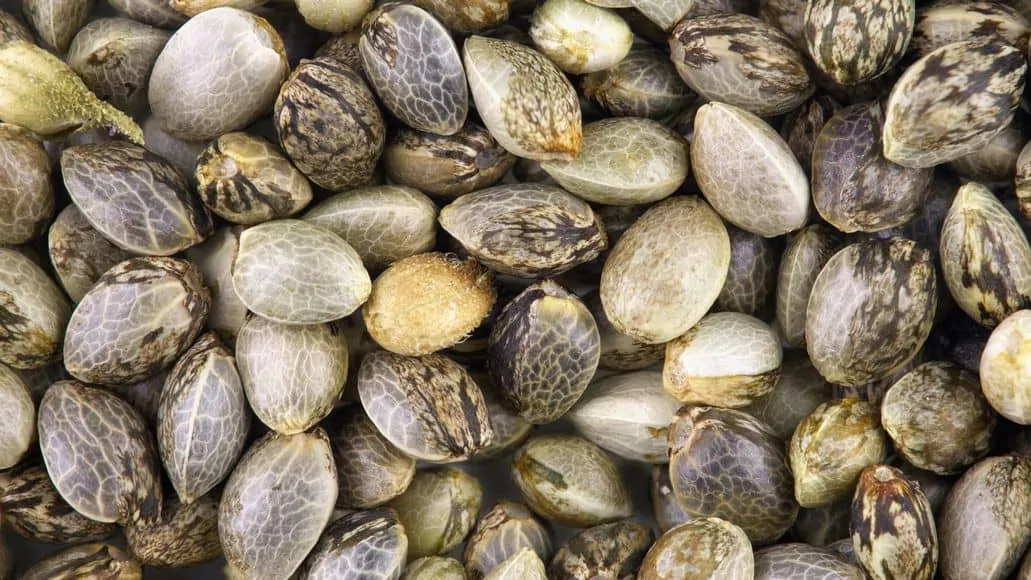
Starting your cannabis grow with quality seeds is one of the most cost-effective decisions you can make. While it might be tempting to go for the cheapest options, investing in high-quality seeds can save you money in the long run.
Quality seeds generally have high germination rates, which means more of the seeds you plant will sprout and grow into healthy plants. This reduces the need to plant extra seeds to account for poor germination, saving you money on purchasing additional seeds.
Also, the robust plants that come from quality seeds are less likely to suffer from diseases and pests, reducing the amount of money you need to spend on treatments and preventative measures.
High-quality seeds also tend to produce more vigorous and resilient plants. These plants are better equipped to handle environmental stresses and will likely yield a higher quantity and quality of buds. This means you get more product for the same amount of effort and resources, maximizing your investment.
To source reliable seeds, look for reputable seed banks and suppliers. Research and read reviews to ensure you’re getting seeds from a trusted source. Many established seed banks offer detailed information about the genetics and growth characteristics of their seeds, helping you choose the best strains for your needs.
Tip 2: Use Energy-Efficient Lighting
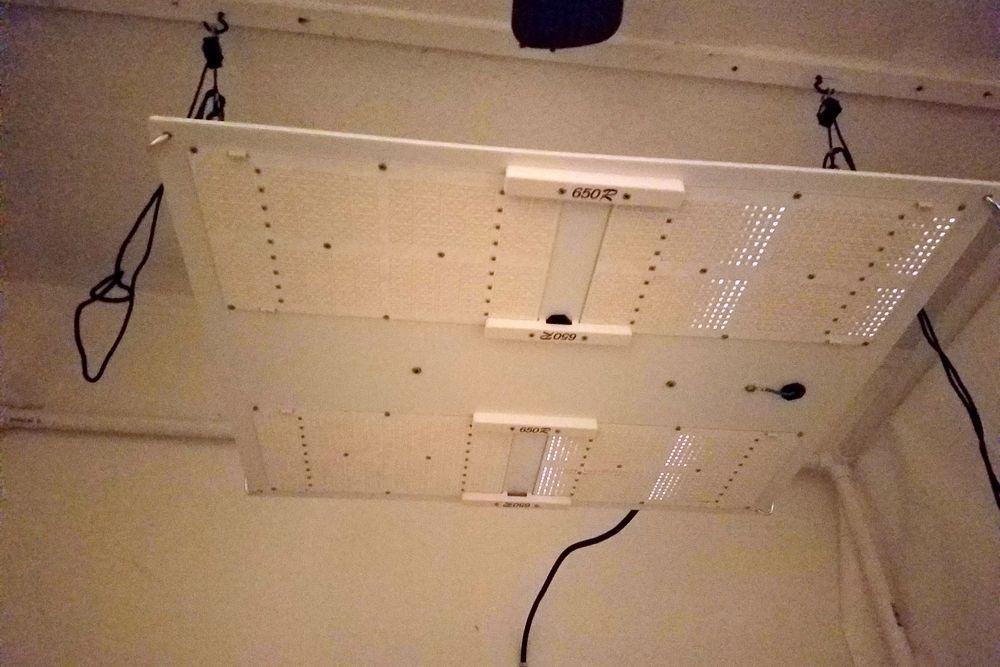
Using energy-efficient lighting is crucial for keeping your cannabis growing costs down. The right lighting can significantly impact your electricity bill, making energy efficiency an important consideration if looking to keep costs down.
When it comes to lighting options, LEDs (Light Emitting Diodes) are the most energy-efficient choice available. Compared to HID (High-Intensity Discharge) and CFL (Compact Fluorescent Lamp) lights, LEDs consume far less electricity while providing the same or even better light quality for plant growth.
LEDs have a higher upfront cost but offer substantial savings over the grow period due to their lower energy consumption and longer lifespan.
HID lights, including MH (Metal Halide) and HPS (High-Pressure Sodium) lights, have been traditional choices for cannabis cultivation due to their powerful light output. However, they consume a lot of electricity and produce significant heat, which can also increase cooling costs.
CFLs are more energy-efficient than HID lights but still fall short compared to LEDs in terms of efficiency and light quality.
By switching to LEDs, you can reduce your electricity consumption by up to 50% or more, depending on the size of your grow operation. LEDs also generate less heat, reducing the need for additional cooling systems, which further lowers your energy costs.
Over time, the initial investment in LED lighting pays off through substantial savings on your energy bills. This article compartes the best LED grow lights on the market, in terms of value for money.
Tip 3: Reuse And Recycle Growing Mediums
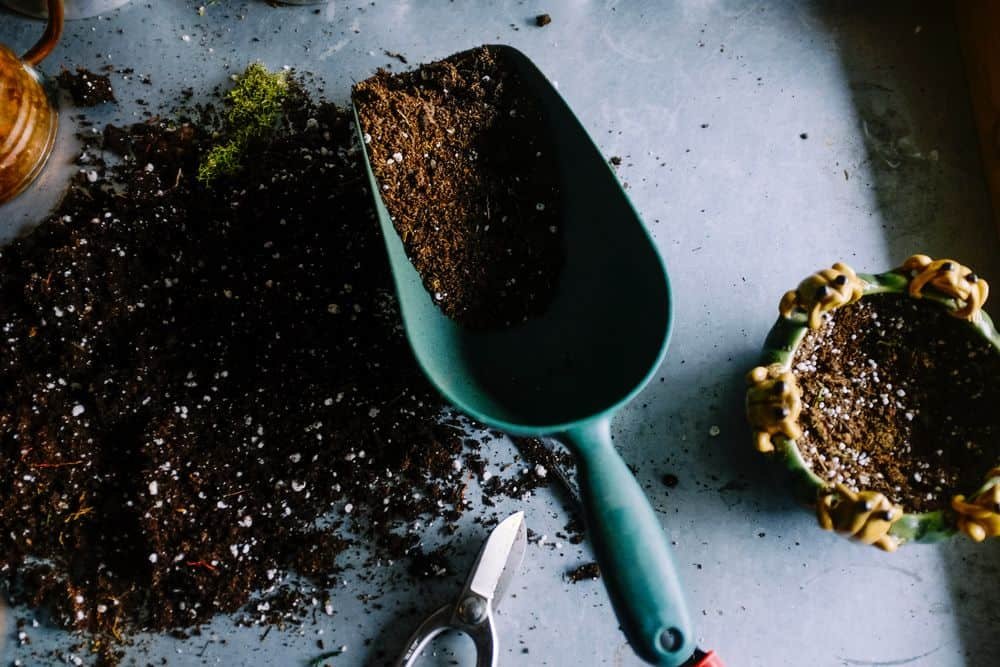
Reusing and recycling growing mediums, like soil, can also help cut your costs. Instead of purchasing new soil for each growing cycle, you can rejuvenate your used soil, saving both money and resources.
One of the main advantages of reusing soil is the cost savings. High-quality soil can be expensive, and replacing it every cycle adds up quickly. By reconditioning your existing soil, you reduce the need to buy new soil, putting more cash back in your pocket.
To rejuvenate used soil, start by removing old roots and plant debris. This helps prevent the build-up of pathogens and pests.
Next, replenish the soil’s nutrients by mixing in compost, worm castings, or other organic matter. Adding these organic amendments boosts the soil’s fertility and restores its nutrient content, ensuring your new plants have a rich, healthy, and cost-effective medium to grow in.
Tip 4: DIY Nutrient Solutions
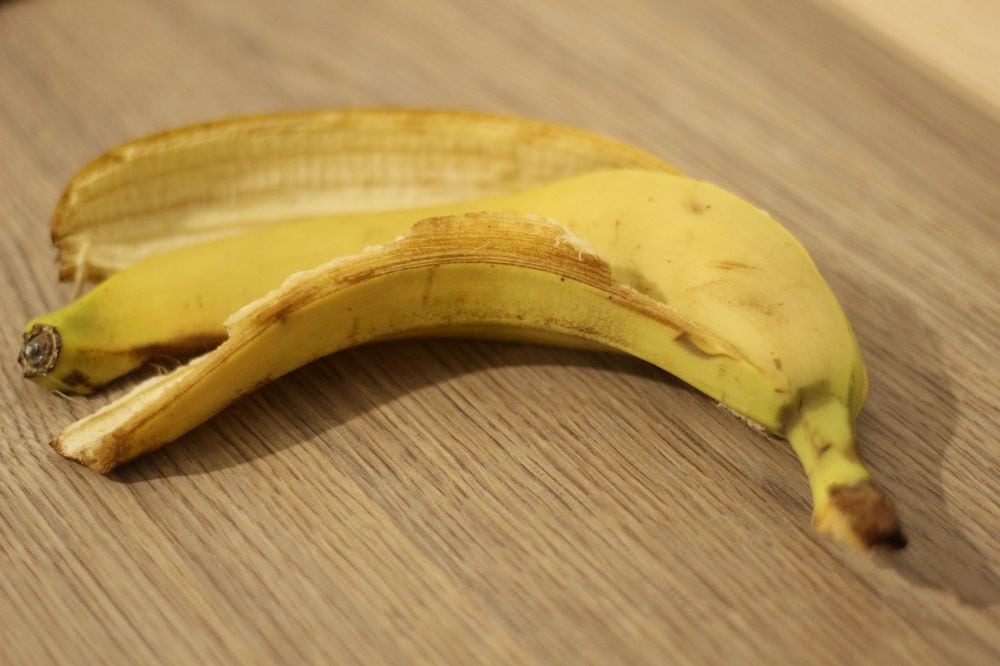
Making your own nutrient solutions can help you save money, while ensuring your cannabis plants get the nutrients they need. By creating homemade fertilizers, you can control the ingredients and customize the mix to suit your plants’ specific requirements, all while saving a little extra cash.
One of the main advantages of DIY nutrient solutions is the significant cost savings compared to store-bought options. Commercial fertilizers can be expensive, especially if you need different types for various growth stages.
Home-made solutions use readily available and inexpensive ingredients, making them a budget-friendly alternative.
For example, ‘compost tea’ is a great all-around nutrient solution. To make it, fill a container with compost and add water in a 1:5 ratio. Let it steep for 24 to 48 hours, stirring occasionally. Strain the mixture to remove solid particles and use the liquid to water your plants.
Another simple recipe is banana peel fertilizer. Chop banana peels and soak them in water for 48 hours. Use the water to feed your plants. Banana peels are rich in potassium, which is essential for flowering and fruiting.
Eggshells can be used to make a calcium supplement. Blitz the eggshells into a fine powder in a blender and mix them with water. Let it sit for a few days, then strain and use the liquid to water your plants. Eggshells provide a calcium boost, which is crucial for strong cell walls and overall plant health.
Epsom salt is another cheap ingredient that you can use to make a simple nutrient solution. Dissolve one tablespoon of Epsom salt in a gallon of water.
Use this solution to water your plants once a month. Epsom salt is a good source of magnesium and sulfur, important for chlorophyll production and nutrient uptake.
By using these homemade fertilizers, you can save a considerable amount of money. Store-bought nutrient solutions often come at a premium price, whereas homemade alternatives use common household items and waste products.
Tip 5: Make Your Own Compost
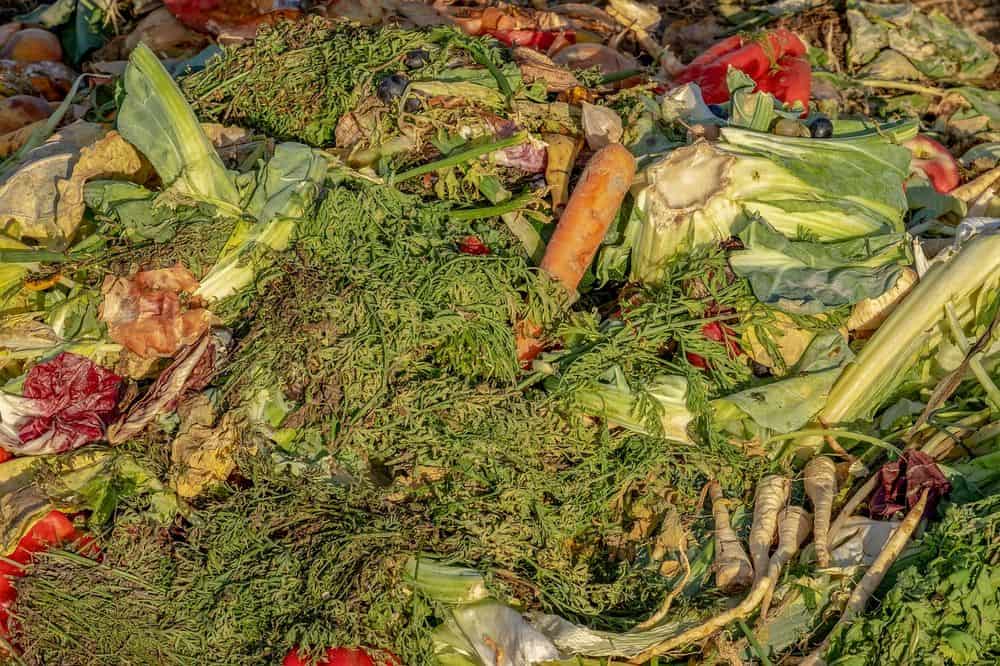
Making your own compost is a cost-effective and environmentally friendly way to provide your cannabis plants with rich, fertile soil. Store-bought compost can be quite expensive, especially if you need large quantities.
By creating compost at home, you can save a significant amount of money and ensure your plants get plenty of beneficial nutrients.
To start composting, you need a good mix of green and brown materials. Green materials include kitchen scraps like fruit and vegetable peelings, coffee grounds, and grass clippings. These provide nitrogen, which is essential for plant growth.
Brown materials, such as dry leaves, cardboard, and straw, add carbon, which helps with the decomposition process. Aim for a balanced mix of these materials to create an effective compost.
Begin by setting up a compost bin or pile in a well-draining area. Layer green and brown materials, making sure to turn the pile regularly to aerate it and speed up decomposition.
Moisture is crucial, so keep the compost pile damp but not waterlogged. Over time, the organic matter breaks down into dark, crumbly compost that’s rich in several nutrients.
Using homemade compost offers several benefits for your plants, in addition to saving you money. It improves soil structure, increases water retention, and provides a slow-release source of nutrients, promoting healthy root development and robust plant growth. Additionally, compost contains beneficial microorganisms that enhance soil health and help protect plants from diseases.
Save Money When Growing Cannabis: Final Thoughts
Growing your own cannabis can be a more cost-effective venture, if you implement strategic measures to reduce expenses. By starting with quality seeds, you ensure robust plant growth and minimize the need for additional seeds and treatments.
Using energy-efficient lighting, such as LEDs, can significantly cut down on electricity costs over time. Reusing and recycling growing mediums, like soil, further reduces the need for new supplies each cycle.
Making your own nutrient solutions and compost not only saves money but also allows for greater control over the quality and composition of the growing environment.
These tips collectively help you maximize your investment and enjoy the benefits of home-grown cannabis without breaking the bank.
Leave a Reply